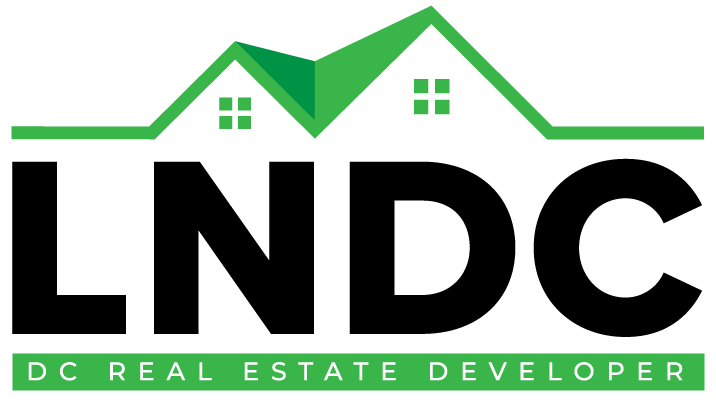A Step-by-Step Guide to Buying New Construction
Congratulations! You’ve decided to embark on the exciting journey of buying a brand-new house. Whether you’re a seasoned homeowner or a first-time buyer, venturing into the world of new construction presents a unique set of considerations. Fear not, intrepid house hunter! This comprehensive guide will equip you with the knowledge and confidence to navigate the process seamlessly and snag your dream home in a sparkling new community.
Let’s Set the Stage: Exploring Your Options
Before diving headfirst into house hunting, it’s crucial to solidify your vision for your new home. Consider your lifestyle needs and preferences. How much space do you require? Are there specific features that are non-negotiable, like a home office or a spacious backyard? Once you have a clear understanding of your must-haves, it’s time to start exploring different builders and communities.
- Location, Location, Location:
- Proximity to Work and Amenities: Think about your commute and how close you want to be to everyday conveniences like grocery stores, parks, and schools.
- The Vibe of the Community: Do you crave a tranquil, family-oriented atmosphere or a vibrant, social scene? Consider the overall aesthetic and personality of the neighborhood.
- Exploring Builders’ Reputations:
- Track Record and Reviews: Research the builder’s history, online reviews and the community. Look for builders known for their quality construction, excellent customer service, and a commitment to timely completion.
- Touring Model Homes: Visiting model homes allows you to experience the builder’s craftsmanship firsthand. Pay attention to details like the floor plan layout, the quality of finishes, and the overall feel of the space.
Step-by-Step: The Exciting Process of Buying New Construction
Once you’ve identified a builder and community that resonates with you, it’s time to delve into the specifics of the buying process.
- Get Pre-Approved for a Mortgage:
- Securing Your Budget: Pre-approval gives you a clear picture of your borrowing power and strengthens your negotiating position. It demonstrates to the builder that you’re a serious buyer.
- Selecting Your Dream Home (and Personalizing It!)
- Floor Plans and Options: Many builders offer a variety of floor plans to suit different needs and preferences. Explore the available options and inquire about personalization possibilities.
- Selections and Upgrades: New construction often allows for some level of customization. You may be able to choose things like flooring materials, countertops, and light fixtures to personalize your space and make it your own.
- The Nitty-Gritty: Contracts, Inspections, and Closing
- Understanding the Contract: Before signing on the dotted line, meticulously review the purchase agreement with your realtor or a lawyer. Ensure you understand all the terms and conditions, including the timeline for completion and any warranties offered by the builder.
- Inspections for Peace of Mind: Schedule a professional home inspection to uncover any potential issues before closing. This provides an opportunity to address any concerns with the builder before moving in.
- Closing Day! The culmination of your journey! Be prepared with all necessary documents and bring a sense of excitement (and maybe a celebratory bottle of bubbly!) to mark this momentous occasion.
Beyond the Basics: Pro Tips for Navigating New Construction
Now that you’re armed with the essential steps, here are some additional insights to enhance your new construction buying experience:
- Staying Informed: Communication is key. Maintain regular contact with your builder’s sales representative to stay updated on the construction progress and address any questions you may have.
- Embrace Flexibility: New construction timelines can sometimes shift due to unforeseen circumstances. Maintain a flexible mindset and be prepared for potential adjustments.
- Don’t Be Afraid to Ask Questions: No question is too small! The builder’s sales team is there to guide you through the process. Don’t hesitate to ask for clarification on anything you’re unsure about.
Ready to Find Your Dream Home in a Brand-New Community?
Buying a new construction home can be an incredibly rewarding experience. By following these steps and keeping these pro tips in mind, you’ll be well-equipped to navigate the process with confidence and secure your dream home in a vibrant new community.
Perhaps you’ve already envisioned yourself living in a beautiful new LNDC community. We invite you to explore our upcoming properties or properties on the market and discover the possibilities! Feel free to contact us to connect with a member of our friendly team and discuss your new construction home buying aspirations. We’re here to help you turn your dream into a reality!











